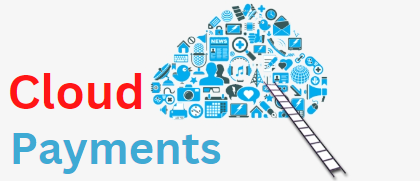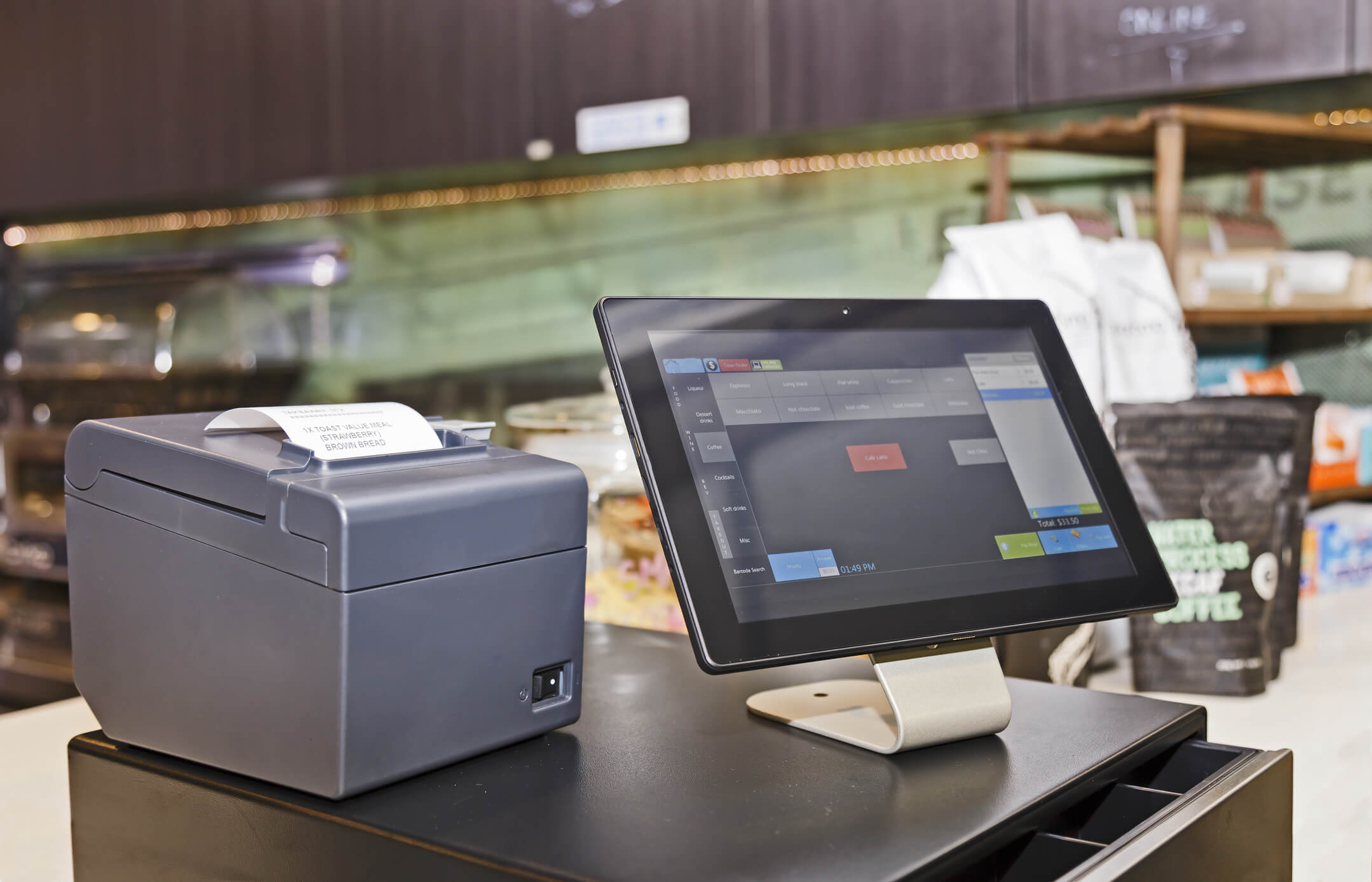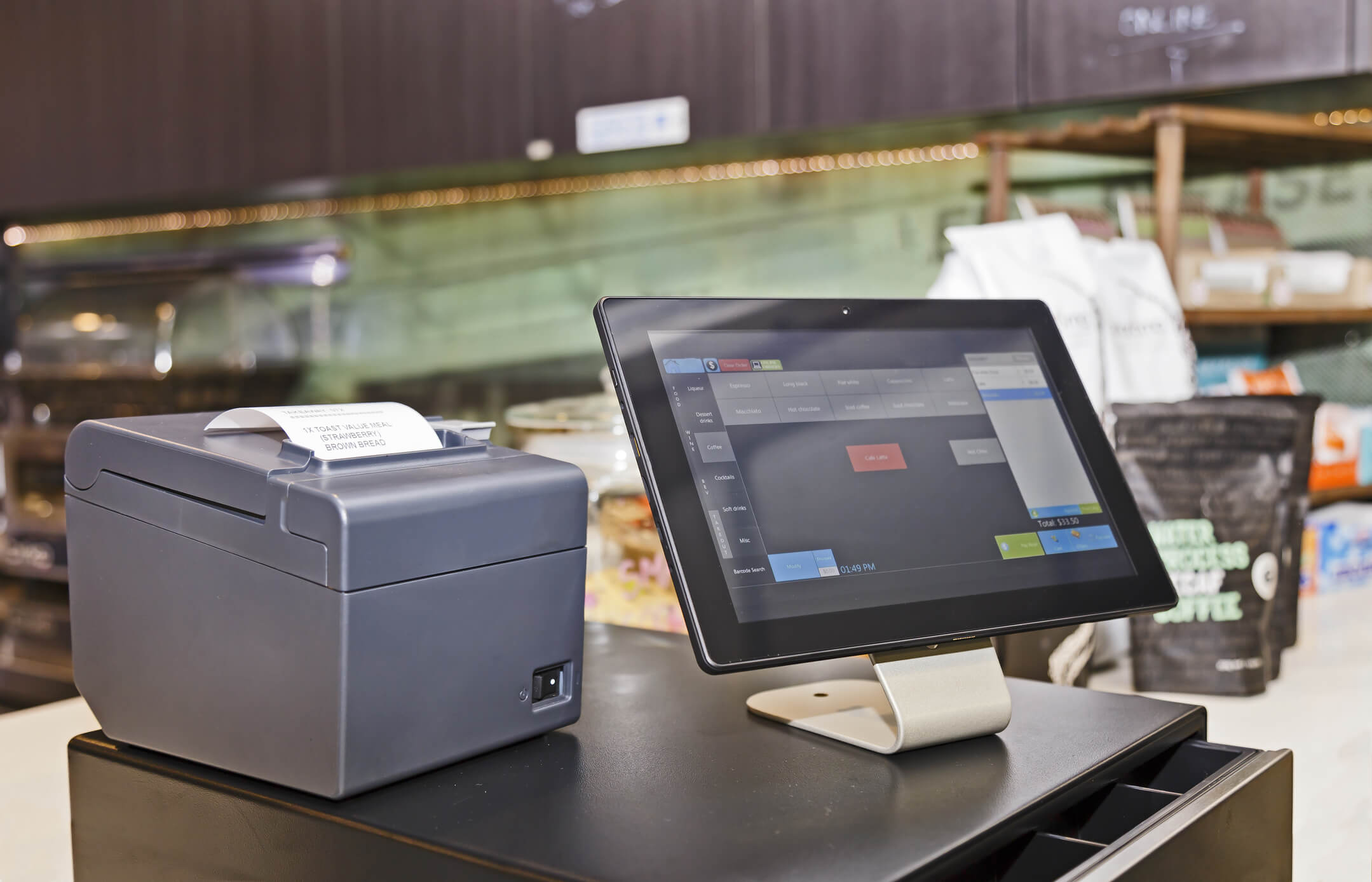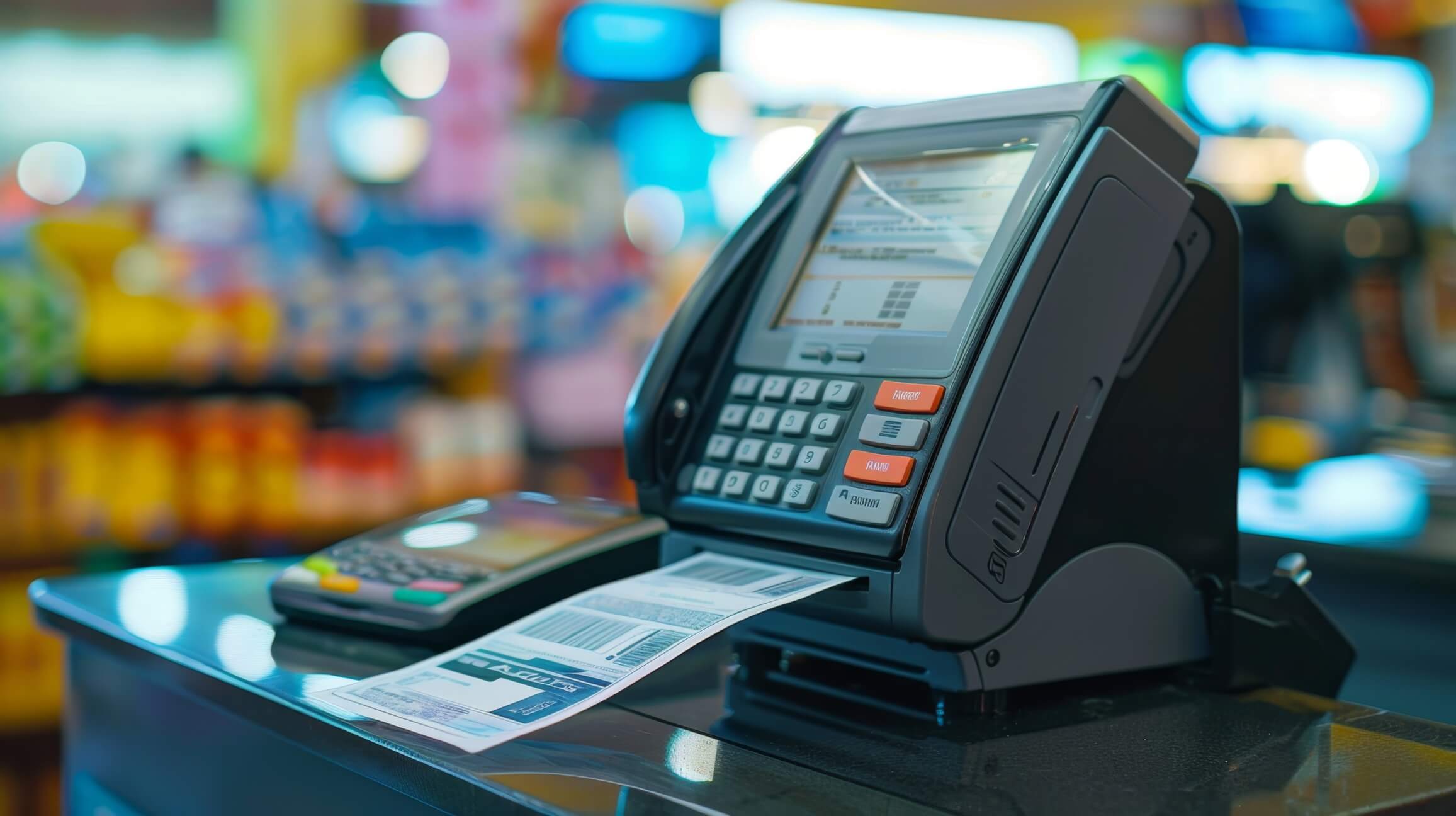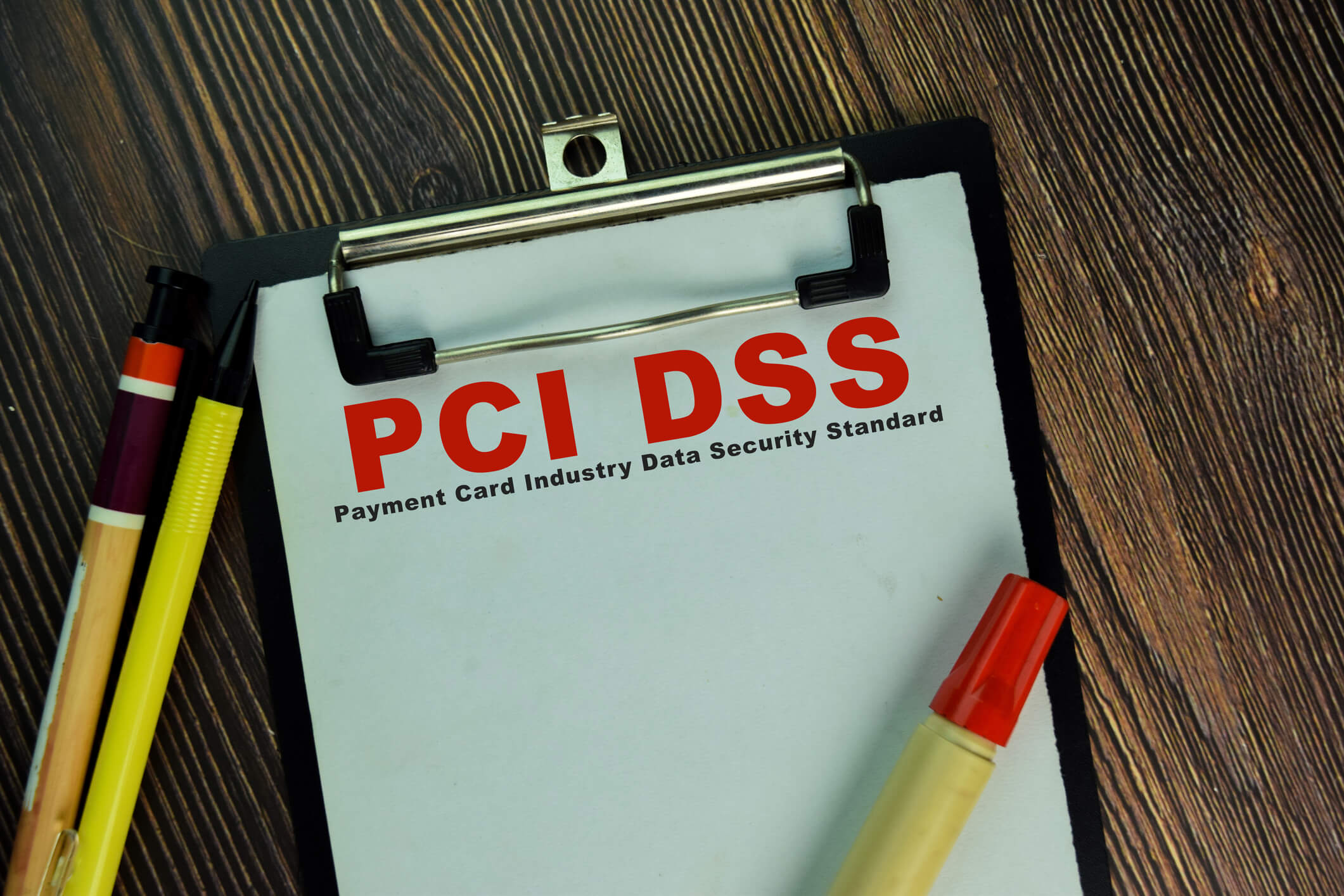What Is a Cloud Payment Gateway and How Does It Work?
In today’s digital age, online transactions have become the norm for businesses and consumers alike. With the rise of e-commerce, it is crucial for businesses to have a secure and efficient payment processing system in place. This is where cloud payment gateways come into play. A cloud payment gateway is a technology that enables businesses to accept and process online payments securely and seamlessly.
In this article, we will delve into the world of cloud payment gateways, exploring their basics, functionality, benefits, factors to consider when choosing one, and how to set up and integrate them with your e-commerce platform.
Understanding the Basics of Cloud Payment Gateways
Before we dive into the intricacies of how it work, let’s first understand the basics. A cloud payment gateway is a virtual platform that acts as an intermediary between the merchant’s website or application and the payment processor. It securely captures and encrypts customer payment information, authorizes transactions, and transfers funds from the customer’s account to the merchant’s account.
Unlike traditional payment gateways that require businesses to host their own servers and maintain complex infrastructure, cloud payment gateways operate on cloud-based servers. This means that businesses can leverage the scalability, flexibility, and reliability of cloud computing to process payments efficiently.
How Does a Cloud Payment Gateway Work?
Now that we have a basic understanding of what a cloud payment gateway is, let’s explore how it works. The process can be broken down into several steps:
Step 1: Customer initiates a payment
When a customer decides to make a purchase on an e-commerce website or application, they proceed to the checkout page and select their preferred payment method. This triggers the payment process.
Step 2: Payment information is securely captured
The customer enters their payment details, such as credit card number, expiration date, and CVV, into the payment form. The gateway securely captures and encrypts this information to protect it from unauthorized access.
Step 3: Payment information is transmitted to the gateway
Once the payment information is captured, it is transmitted securely to the payment gateway. The gateway acts as a middleman, ensuring the secure transfer of data between the customer, the merchant, and the payment processor.
Step 4: Authorization and verification
The cloud payment gateway forwards the payment information to the payment processor, which then communicates with the customer’s bank or credit card issuer to verify the transaction. This involves checking the availability of funds and confirming the authenticity of the payment details.
Step 5: Transaction approval or decline
Based on the response from the customer’s bank or credit card issuer, the payment processor sends a response to the cloud payment gateway. If the transaction is approved, the gateway notifies the merchant, and the customer’s account is debited. If the transaction is declined, the gateway notifies the merchant, and the customer is prompted to try another payment method.
Step 6: Funds transfer and settlement
Once the transaction is approved, the gateway facilitates the transfer of funds from the customer’s account to the merchant’s account. This process typically involves batch processing, where multiple transactions are grouped together and settled at specific intervals.
Benefits of Using a Cloud Payment Gateway
Now that we have a clear understanding of how it works, let’s explore the benefits it offers to businesses:
- Enhanced security: Cloud payment gateways employ robust security measures, such as encryption, tokenization, and fraud detection systems, to protect sensitive customer data. This reduces the risk of data breaches and instills trust in customers.
- Seamless integration: Cloud payment gateways are designed to integrate seamlessly with various e-commerce platforms, shopping carts, and mobile applications. This allows businesses to streamline their payment processes and provide a smooth checkout experience for customers.
- Global reach: Cloud payment gateways support multiple currencies and payment methods, enabling businesses to expand their customer base globally. This is particularly beneficial for e-commerce businesses that cater to international customers.
- Scalability and flexibility: Cloud payment gateways leverage the scalability and flexibility of cloud computing, allowing businesses to handle high transaction volumes without worrying about infrastructure limitations. This ensures a seamless payment experience even during peak periods.
- Real-time reporting and analytics: Cloud payment gateways provide businesses with real-time reporting and analytics capabilities. Merchants can access detailed transaction data, track sales performance, and gain valuable insights to optimize their payment processes and make informed business decisions.
Factors to Consider When Choosing a Cloud Payment Gateway
When selecting a cloud payment gateway for your business, it is essential to consider several factors to ensure that it aligns with your specific requirements. Here are some key factors to consider:
- Security: Security should be a top priority when choosing a payment gateway. Look for gateways that comply with industry standards, such as Payment Card Industry Data Security Standard (PCI DSS) compliance. Additionally, consider features like tokenization and fraud detection systems to protect customer data.
- Integration capabilities: Ensure that the payment gateway seamlessly integrates with your e-commerce platform, shopping cart, or mobile application. This will save you time and effort in setting up and managing the payment process.
- Payment methods and currencies: Check if the cloud payment gateway supports the payment methods and currencies that are relevant to your target market. This is particularly important if you operate globally or cater to customers from different countries.
- Transaction fees and pricing: Evaluate the transaction fees and pricing structure of the cloud payment gateway. Consider factors such as setup fees, monthly fees, per-transaction fees, and any additional charges. Compare different options to find the most cost-effective solution for your business.
- Customer support: Look for a payment gateway provider that offers reliable customer support. Prompt and efficient support is crucial in case of any technical issues or payment disputes.
Setting Up a Cloud Payment Gateway: Step-by-Step Guide
Now that you have a clear understanding of the factors to consider when choosing a cloud payment gateway, let’s explore the step-by-step process of setting up for your business:
Step 1: Research and select
Start by researching different cloud payment gateway providers and comparing their features, pricing, and customer reviews. Shortlist a few providers that align with your requirements and select the one that best suits your business needs.
Step 2: Sign up and create an account
Once you have selected a cloud payment gateway provider, sign up for an account on their website. Provide the necessary information, such as your business details, contact information, and banking details.
Step 3: Configure your payment settings
After creating an account, you will need to configure your payment settings. This includes selecting the payment methods you want to offer, setting up your pricing structure, and specifying any additional settings, such as recurring payments or installment plans.
Step 4: Integrate the gateway with your e-commerce platform
Next, you will need to integrate the cloud payment gateway with your e-commerce platform or shopping cart. Most payment gateways provide plugins or APIs that make integration seamless. Follow the provider’s documentation or consult their support team for guidance on integrating the gateway.
Step 5: Test the payment process
Before going live, it is crucial to thoroughly test the payment process to ensure that everything is functioning correctly. Make test transactions using different payment methods to verify that the gateway is capturing and processing payments accurately.
Step 6: Go live and monitor transactions
Once you have successfully tested the payment process, you can go live and start accepting payments. Monitor your transactions regularly to identify any issues or discrepancies and address them promptly.
Integrating a with Your E-commerce Platform
Integrating a cloud payment gateway with your e-commerce platform is essential for a seamless and secure payment process. Here are some key steps to follow when integrating it with your e-commerce platform:
- Choose a compatible cloud payment gateway: Ensure that the cloud payment gateway you select is compatible with your e-commerce platform. Most popular e-commerce platforms, such as Shopify, WooCommerce, and Magento, have a wide range of compatible payment gateways to choose from.
- Install the payment gateway plugin or extension: Once you have selected a compatible cloud payment gateway, install the corresponding plugin or extension on your e-commerce platform. This will enable the necessary functionality to process payments.
- Configure the payment gateway settings: After installing the plugin or extension, configure the payment gateway settings according to your business requirements. This includes specifying the payment methods you want to offer, setting up pricing, and configuring any additional settings, such as recurring payments or installment plans.
- Test the payment process: Before making the payment gateway live, thoroughly test the payment process to ensure that it is functioning correctly. Make test transactions using different payment methods to verify that the gateway is capturing and processing payments accurately.
- Go live and monitor transactions: Once you have successfully tested the payment process, make the payment gateway live and start accepting payments. Monitor your transactions regularly to identify any issues or discrepancies and address them promptly.
Security Measures
Security is of utmost importance when it comes to cloud payment gateways. Here are some key security measures that are typically implemented:
- Encryption: Cloud payment gateways use encryption to protect sensitive customer data during transmission. This ensures that the payment information is securely transmitted and cannot be intercepted by unauthorized parties.
- Tokenization: Tokenization is a process where sensitive payment data, such as credit card numbers, is replaced with unique tokens. These tokens are used for transaction processing, while the actual payment data is securely stored in a separate token vault. This reduces the risk of data breaches as the sensitive data is not stored within the cloud payment gateway.
- PCI DSS compliance: Payment Card Industry Data Security Standard (PCI DSS) is a set of security standards that businesses must comply with when handling credit card information. Cloud payment gateways that are PCI DSS compliant adhere to strict security protocols to protect customer data.
- Fraud detection systems: Cloud payment gateways employ advanced fraud detection systems that analyze transaction patterns and identify suspicious activities. These systems use machine learning algorithms and artificial intelligence to detect and prevent fraudulent transactions in real-time.
- Two-factor authentication: To enhance security, cloud payment gateways often implement two-factor authentication. This requires customers to provide an additional layer of verification, such as a one-time password sent to their mobile device, before completing a transaction.
Common Challenges and Solutions in Cloud Payment Gateways
While cloud payment gateways offer numerous benefits, they also come with their own set of challenges. Here are some common challenges faced by businesses when using cloud payment gateways and their corresponding solutions:
- Integration complexities: Integrating a cloud payment gateway with an e-commerce platform or shopping cart can be complex, especially for businesses with limited technical expertise. The solution is to choose a cloud payment gateway that provides comprehensive documentation, plugins, or APIs that simplify the integration process. Additionally, seeking assistance from the gateway’s support team or hiring a developer can help overcome integration challenges.
- Payment disputes and chargebacks: Payment disputes and chargebacks can be time-consuming and costly for businesses. To mitigate this challenge, businesses should clearly communicate their refund and return policies to customers, provide excellent customer service, and promptly address any customer concerns or issues.
- Security vulnerabilities: Cloud payment gateways are prime targets for cybercriminals due to the sensitive customer data they handle. To address security vulnerabilities, businesses should choose a cloud payment gateway that is PCI DSS compliant, regularly update their systems and software, and educate their employees about best practices for data security.
- Downtime and technical issues: Downtime and technical issues can disrupt the payment process and negatively impact customer experience. To minimize downtime, businesses should choose a cloud payment gateway with a reliable infrastructure and robust backup systems. Additionally, having a dedicated IT team or partnering with a managed service provider can help address technical issues promptly.
FAQs
Q.1: What is a cloud payment gateway?
A cloud payment gateway is a virtual platform that acts as an intermediary between the merchant’s website or application and the payment processor. It securely captures and encrypts customer payment information, authorizes transactions, and transfers funds from the customer’s account to the merchant’s account.
Q.2: How does a cloud payment gateway work?
A cloud payment gateway works by securely capturing and encrypting customer payment information, transmitting it to the payment processor for authorization, and facilitating the transfer of funds from the customer’s account to the merchant’s account.
Q.3: What are the benefits of using a cloud payment gateway?
Some benefits of using a cloud payment gateway include enhanced security, seamless integration with e-commerce platforms, global reach, scalability and flexibility, and real-time reporting and analytics.
Q.4: What factors should I consider when choosing a cloud payment gateway?
When choosing a cloud payment gateway, consider factors such as security, integration capabilities, supported payment methods and currencies, transaction fees and pricing, and customer support.
Q.5: How do I set up a cloud payment gateway for my business?
To set up a cloud payment gateway for your business, research and select a provider, sign up and create an account, configure your payment settings, integrate the gateway with your e-commerce platform, test the payment process, and go live.
Conclusion
In conclusion, cloud payment gateways have revolutionized the way businesses accept and process online payments. They offer enhanced security, seamless integration, global reach, scalability, and real-time reporting capabilities. When choosing a cloud payment gateway, it is crucial to consider factors such as security, integration capabilities, supported payment methods and currencies, transaction fees and pricing, and customer support.
By following a step-by-step guide, businesses can set up and integrate a cloud payment gateway with their e-commerce platform. However, it is important to address common challenges, such as integration complexities, payment disputes, security vulnerabilities, and technical issues, to ensure a smooth payment process. With the right cloud payment gateway in place, businesses can provide a secure and seamless payment experience for their customers, ultimately driving growth and success in the digital marketplace.
